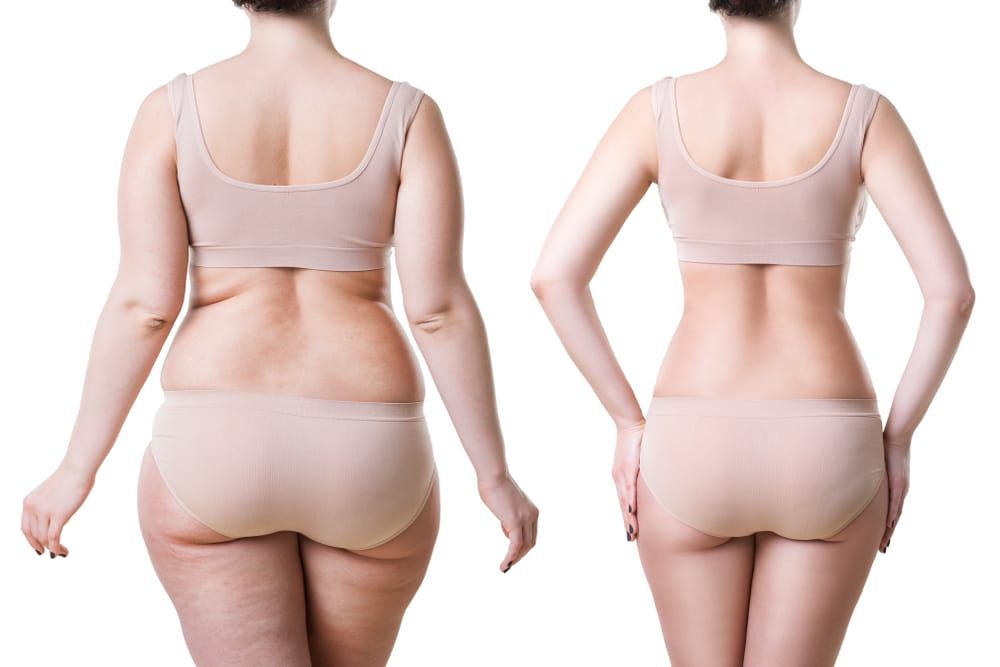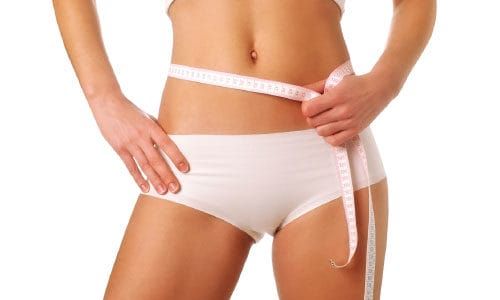
Qu'est-ce que la liposuccion ?
la liposuccion ne constitue pas une méthode d’amaigrissement et son but n’est donc pas de maîtriser le poids du patient.
La liposuccion ne constitue donc pas un traitement pour l’obésité, mais elle cherche à sculpter la silhouette de façon harmonieuse et précise.
La lipoaspiration
Le principe de la lipoaspiration (mis au point à partir de 1977 par Yves-Gérard ILLOUZ) est d’introduire, à partir de très petites incisions, des canules mousses, à bout arrondi, non tranchant, perforées à leur extrémité de plusieurs orifices. Ces canules seront connectées à un circuit fermé dans lequel sera créé une pression négative.
Applications de la liposuccion
La lipoaspiration consiste en la suppression d’excédents graisseux localisés qui généralement subsistent malgré un régime alimentaire ou la pratique de sports.
Cependant, elle ne se veut pas une solution pour maigrir et n’a pas pour objectif d’équilibrer le poids des patients : elle ne remplace en aucun cas une bonne hygiène de vie et ne représente pas non plus un moyen de lutter contre l’obésité.
La lipoaspiration consiste en l’aspiration du surplus de cellules graisseuses, sans traumatisme et en toute harmonie.
Les cellules graisseuses n’ayant pas la faculté de se reproduire, toute récidive d’accroissement démesuré d’adipocytes est écartée.
La lipoaspiration peut être pratiquée sur de nombreuses zones corporelles : aux bras, aux chevilles, aux mollets, aux genoux, aux cuisses, à l’abdomen, poignées d’amour, aux hanches et, bien entendu, à la culotte de cheval. Grâce aux progrès techniques, son champ d’intervention s’étend désormais aussi au cou (double menton) et à l’ovale du visage.


Déroulement opératoire
Une consultation avec le médecin anesthésiste est prévue au plus tard deux jours avant l’opération.
Au préalable, un bilan préopératoire est réalisé afin de vérifier qu’aucune contre-indication ne vienne contrarier l’intervention.
Afin d’éviter tout problème de cicatrisation, il est préconisé de cesser de fumer au minimum un mois avant et un mois après l’opération.
Il est formellement interdit de prendre des médicaments composés d’aspirine au cours des dix jours précédant l’opération.
Aucun médicament contenant de l’aspirine ne devra être pris dans les dix jours précédant l’intervention.
Il faut éventuellement rester à jeun (aucune alimentation solide ou liquide) six heures avant l’opération, selon l’anesthésie pratiquée.
Caractéristiques de l'anesthésie
En fonction du travail à effectuer, la lipoaspiration peut nécessiter une anesthésie locale, une anesthésie dite vigile (sous-anesthésie locale accompagnée de tranquillisants administrés par voie intraveineuse), ou une anesthésie générale, voire une sous-anesthésie loco-régionale (péridurale ou rachianesthésie).
L’anesthésiste et le chirurgien échangeront avec vous pour choisir une anesthésie adaptée.
Type d'hospitalisation
Le volume de la masse graisseuse à retirer détermine le temps d’hospitalisation qui peut varier de quelques heures pour une petite intervention (anesthésie locale pratiquée) à un ou deux jours pour une intervention plus lourde (anesthésie générale pratiquée).
L'opération
La technique utilisée est déterminée en fonction de chaque cas et selon le chirurgien intervenant dans le but de parvenir aux meilleurs résultats. Le procédé habituel reste le même.
De courtes incisions de trois ou quatre millimètres sont pratiquées, généralement dissimulées dans un sillon naturel pour rester discrètes.
L’excédent graisseux est traité superficiellement comme en profondeur : des canules mousses aspirent la graisse tout en respectant les nerfs et les vaisseaux grâce à un ensemble régulier de tunnels.
La qualité du résultat dépendra surtout du respect de la quantité de cellules graisseuses aspirées en fonction de la qualité de la peau située au-dessus de la zone traitée.
Une fois l’opération terminée, un bandage modelant est posé, parfois complété par une gaine de contention souple ou un panty.
En moyenne l’opération dure une ou deux heures. Mais comme elle dépend du volume graisseux et de la quantité de régions à traiter, elle peut nécessiter vingt minutes comme trois heures.
À qui s’adresse la liposuccion appelée aussi lipoaspiration ?
Les hommes aussi bien que les femmes peuvent présenter des surcharges graisseuses localisées, malgré une bonne hygiène alimentaire et une pratique sportive régulière. Cet excédent de graisse peut se loger sur différentes zones du corps : le ventre, les hanches, les fesses, les cuisses, les genoux, mais aussi les bras ou le bas du visage. Poignées d’amour, culotte de cheval ou double menton peuvent être éliminés grâce à la lipoaspiration.
La liposuccion ou lipoaspiration est une intervention de chirurgie esthétique qui permet de retirer définitivement les cellules graisseuses (adipocytes) en excès. L’objectif est de retrouver des contours harmonieux au niveau de la silhouette ou du visage.
Deux conditions doivent être réunies pour les patients candidats à la liposuccion, quel que soit leur sexe ou leur âge. Ils doivent tout d’abord présenter une bonne qualité de peau, sans relâchement, afin de garantir un bon résultat. En effet, l’élasticité de la peau va permettre une bonne rétraction à la suite de l’aspiration des cellules graisseuses et limiter les irrégularités en surface. Ensuite, les patients doivent être proches de leur poids idéal, car la lipoaspiration n’est pas une technique d’amaigrissement.
Quelles sont les zones concernées par une liposuccion ?
La liposuccion peut s’envisager de façon très localisée ou de manière plus diffuse sur différentes parties du corps et du visage.
Ainsi la liposuccion du ventre peut être associée à une liposuccion des hanches afin de réduire les amas graisseux localisés, dont les célèbres « poignées d’amour », et redessiner la taille. Si cette lipoaspiration abdominale fait suite à un régime avec une perte de poids importante et s’il existe un excédent cutané, il faut recourir à une abdominoplastie pour enlever la peau distendue et retendre la peau saine.
La liposuccion des cuisses quant à elle peut concerner :
- La face externe des cuisses appelée « culotte de cheval »
- La face interne des cuisses, notamment en cas de frottements et seulement si l’état de la peau le permet
- La face postérieure des cuisses
- La face antérieure des cuisses en association avec une liposuccion des genoux
Le chirurgien esthétique peut traiter ces zones simultanément et agir de façon circulaire au niveau de la cuisse, lorsque cela est nécessaire. De la même manière, les différences faces des bras peuvent être traitées par liposuccion.
Pour le bas du visage et le cou, la lipoaspiration cervicale permet de se débarrasser d’un double menton inesthétique et de redessiner l’ovale du visage. Comme sur le corps, si la peau est relâchée, il faut envisager un lifting pour parfaire le résultat.
Quels résultats attendre d’une liposuccion ?
L’œdème et les ecchymoses faisant partie des suites opératoires d’une liposuccion, il faut attendre plusieurs semaines avant de pouvoir apprécier les résultats de l’intervention de chirurgie esthétique. On considère que le résultat définitif s’obtient après environ six mois, le temps que la peau se rétracte et que l’on puisse visualiser le nouveau galbe des cuisses, du ventre ou des hanches.

